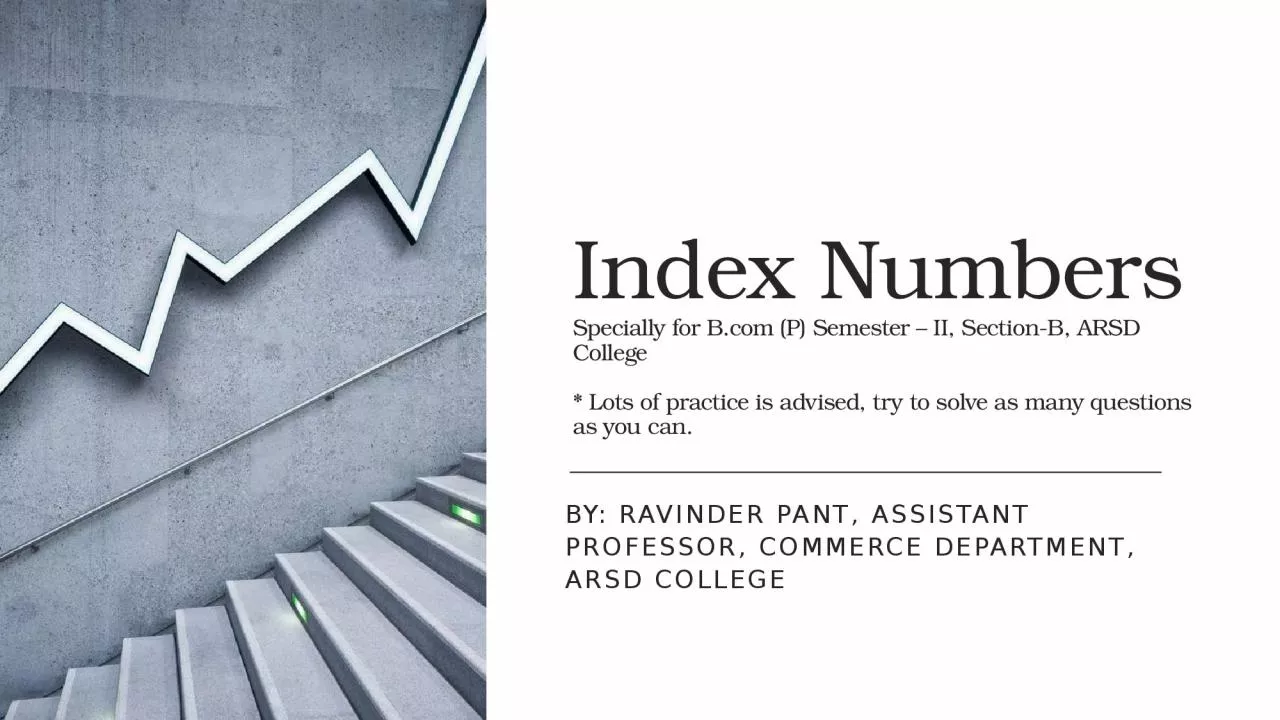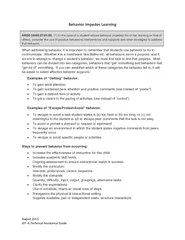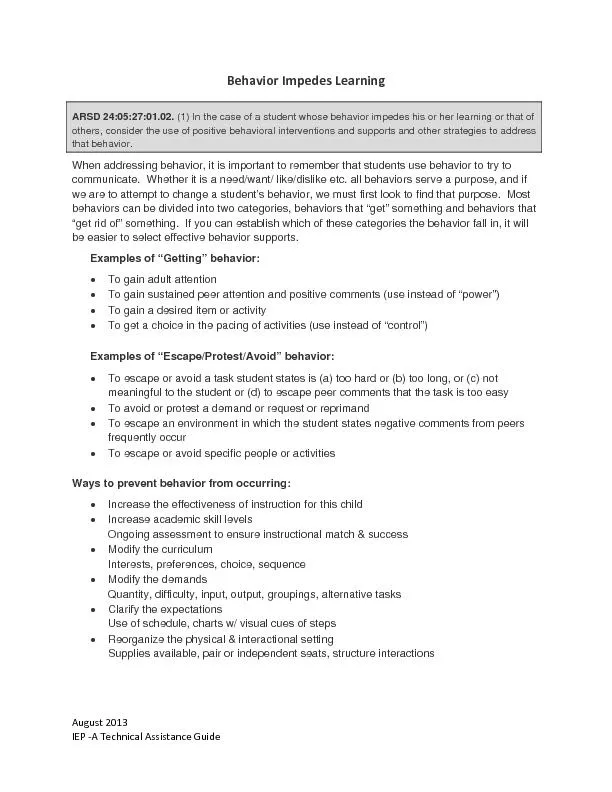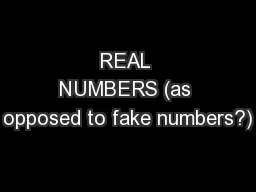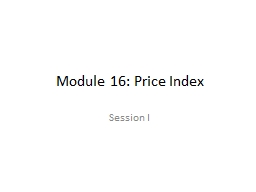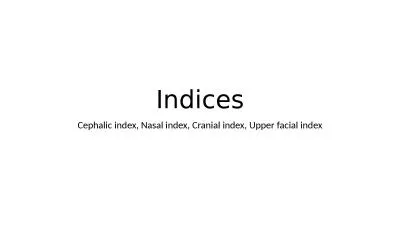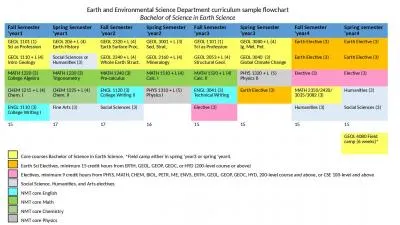PPT-Index Numbers Specially for B.com (P) Semester – II, Section-B, ARSD College
Author : samantha | Published Date : 2023-10-30
Lots of practice is advised try to solve as many questions as you can By Ravinder Pant Assistant Professor Commerce department arsd college Time is money Benjamin
Presentation Embed Code
Download Presentation
Download Presentation The PPT/PDF document "Index Numbers Specially for B.com (P) Se..." is the property of its rightful owner. Permission is granted to download and print the materials on this website for personal, non-commercial use only, and to display it on your personal computer provided you do not modify the materials and that you retain all copyright notices contained in the materials. By downloading content from our website, you accept the terms of this agreement.
Index Numbers Specially for B.com (P) Semester – II, Section-B, ARSD College: Transcript
Download Rules Of Document
"Index Numbers Specially for B.com (P) Semester – II, Section-B, ARSD College"The content belongs to its owner. You may download and print it for personal use, without modification, and keep all copyright notices. By downloading, you agree to these terms.
Related Documents

